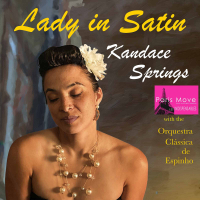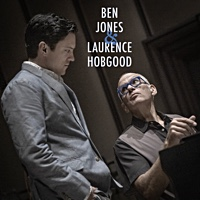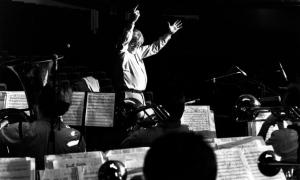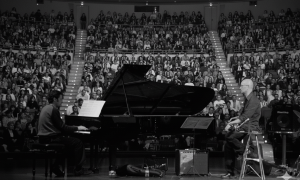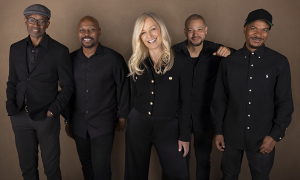Ask Miguel Romero what it's like when he digs deep into an improv groove - his fingers pounding the keys, his band wrapped tight around him - and he stops as if you've asked the meaning of life.
He makes strange noises for a while, grunts and tiny moans, trying to translate a visceral experience into words. Finally, the words come.
“It's kind of like a mantra," Romero starts. But then he stops, realizing that doesn't begin to describe the intensity he feels. He starts again: “It's like great sex. You get a great buzz in your head and you don't know quite what's happening. You turn to your horn player afterward and say 'What was that we got into?'
“It's electric."
Romero hopes to bring some of those electric moments to the first-ever Colorado Springs Jazz Festival, where he fills the headlining slot. The Atlanta-based musician tries to perform at as many outdoor summer festivals as he can. “I love 'em, man."
Romero comes from a long line of musicians in Cuba - some of his uncles played every night in Havana's famed Tropicana nightclub “back in the day" - but his family emigrated to New York when he was 10. As a teen, he studied at the Harlem Jazz Mobile with Freddie Waits and Sonny Redd, blending the sounds of John Coltrane and Miles Davis with his native Cuban music.
“I was into everything," Romero says.
First he played bongos. Then drum set. Then sax. Then he went off to college, studied music composition, and fell in love with the piano. But Romero is still a drummer deep down, and his percussive style at the keyboard has become a trademark.
“It just naturally developed that way," Romero says. “Because of all the African elements in our music, it treats the piano as a percussion instrument."
And the percussion - the rhythm - is the heart of Afro-Cuban music. Romero plays all original compositions, but his songs share the infectious quality that has pushed Afro-Cuban beats around the world.
“It's drum-based music. I think it's the rhythm that really gets into your blood, man," Romero says. “You put the jazz changes on top, the blowing aspect - it's the perfect combination if you think about it."
Romero plays the role of musical alchemist as he leads his five-piece band (piano, sax, electric bass, congas and drum set). When he shows up to a gig, he never knows exactly which elements he'll toss together.
“I react to what the audience wants that day," Romero says. “Are they dancing to it? Are they grooving on solos, and want more improv? It's a conversation between the audience and the musicians. You either go to the body or the mind."
His recording career displays that same flexibility. Romero spent years of relative anonymity composing for TV, documentaries and dance halls (his song “Wake It Up" climbed to No. 3 on the Billboard Hot Dance Breakout Chart for Michelle Weeks in 1995).
Then Romero began to make a name for himself. He has moved from the smoother sounds of his 1998 debut album “Island Breeze" to the harder-edged funk of 2000's “Cuban Jazz Funk" and on to the jazz-infused dance project he's recording now.
“I always push myself. Each CD I try to do something I haven't done before," says Romero. “It's like a roller-coaster ride."
When Romero comes to the Colorado Springs Jazz Festival, you can count on him tossing in songs from all these musical adventures. Just choose your metaphor - mantra, roller coaster, world-class sex - and Romero will do his best to deliver. http://www.coloradospringsjazzfestival.com http://www.miguelromero.com
For more information contact All About Jazz.



